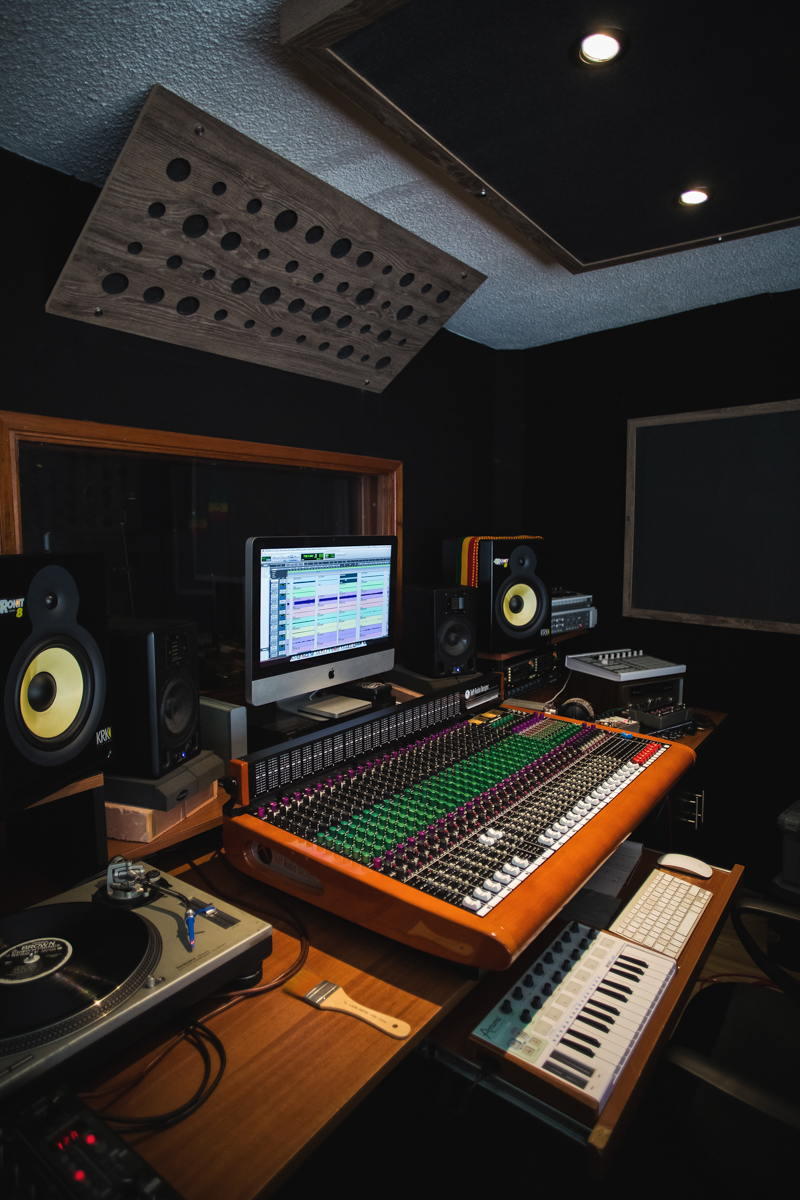

Make sure to select interleaved if you want a traditional stereo bounce file. Normalizing will increase the gain of your file a lot-not what you want for keeping good headroom for mastering. Make sure to NOT normalize the files you export for mastering. So stick with these formats for your bounces as well. These formats are best for uploading during the mastering step. Both are lossless formats, so there’s no sound quality difference between the two. Hot tip: Your DAW may have the option to create AIFF or WAV files while recording. That includes when you bounce files that are the same bit-depth as the ones you recorded.

When you export anything other than 32-bit float, you have to dither.
#EXPORTAR MUSICA DE PROTOOLS 12 HOW TO#
No matter how you bounce your project, you’ll have to know how to use your DAW’s bounce dialog to output your files properly. It can also mean printing stems of all the instruments in your mix or exporting individual tracks for collaborative projects as well. The process was called “bouncing down.” The drawback was that the level of each of track would no longer be independent on the printed track.īut today, bouncing usually means writing the final mix of your song to a stereo audio file.
#EXPORTAR MUSICA DE PROTOOLS 12 FREE#
The track count is a hard limit on tape machines.īut engineers and music producers could use their consoles to mix several tracks down to one to free up more recording. The term bouncing comes from the analog era. What is bouncing audio?īouncing (or exporting) is how your DAW turns your project into files on your hard drive. In this article I’ll go through everything you need to know about bouncing and how to export audio properly in 5 of the best DAWs. It’s the last important step in your DAW: The bounce dialog. But how do you get it out of your DAW and into the world? Your mix is done and your song is officially finished.


 0 kommentar(er)
0 kommentar(er)
